NASA postpones ISS spacewalk because of debris
Tuesday, 30 November 2021 10:06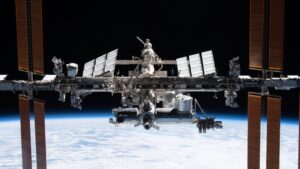
NASA postponed a spacewalk outside the International Space Station by two astronauts just hours before it was scheduled to start after getting a warning that debris would pass close to the station.
Science at the cusp: NASA rocket to study mysterious area above the North Pole
Tuesday, 30 November 2021 07:54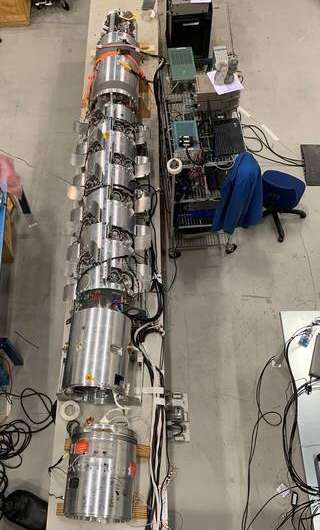
Strange things happen in Earth's atmosphere at high latitudes. Around local noon, when the Sun is at its highest point, a funnel-shaped gap in our planet's magnetic field passes overhead. Earth's magnetic field shields us from the solar wind, the stream of charged particles spewing off the Sun. The gap in that field, called the polar cusp, allows the solar wind a direct line of access to Earth's atmosphere.
Radio and GPS signals behave strangely when they travel through this part of the sky. In the last 20 years, scientists and spacecraft operators noticed something else unusual as spacecraft pass through this region: They slow down.
"At around 250 miles above Earth, spacecraft feel more drag, sort of like they've hit a speed bump," said Mark Conde, a physicist at the University of Alaska Fairbanks and the principal investigator for NASA's Cusp Region Experiment-2, or CREX-2, sounding rocket mission.
Exploring together, NASA and industry embrace laser communications
Tuesday, 30 November 2021 07:53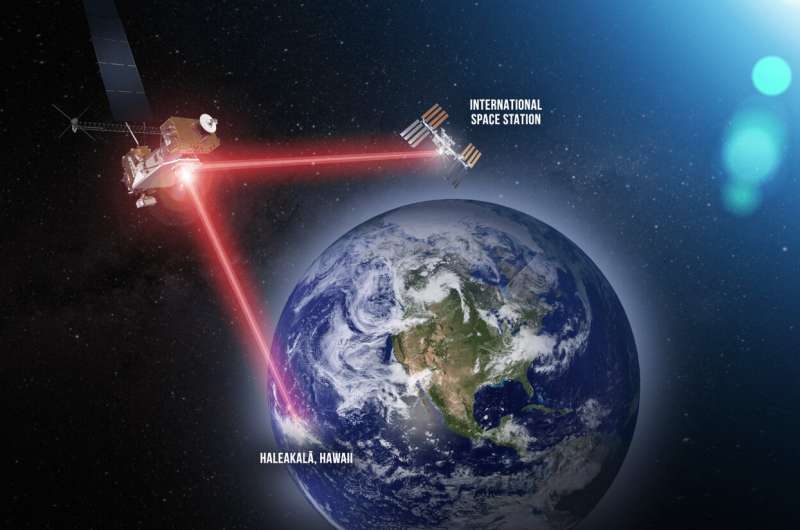
Our televisions and computer screens display news, movies, and shows in high-definition, allowing viewers a clear and vibrant experience. Fiber optic connections send laser light densely packed with data through cables to bring these experiences to users.
NASA and commercial aerospace companies are applying similar technologies to space communications, bringing optical speeds to the final frontier. Free-space optical communications leverages recent advancements in telecommunications to allow spacecraft to send high-resolution images and videos over laser links.
"Free-space" refers to the absence of the insulated, fiber optic cables that enable the terrestrial internet. Free-space laser communications flow freely through the vacuum of space, however atmosphere poses unique challenges to communications engineers.
NASA's Laser Communications Relay Demonstration (LCRD) will send data to and from ground stations and, eventually, in-space user missions over laser links.
"LCRD leverages the work done in the telecommunications industry for the past several decades. We're taking the concepts that they've created and applying them to space," said Russ Roder, product design lead for LCRD's optical module.
Micro-geostationary satellite wins ESA support
Tuesday, 30 November 2021 07:49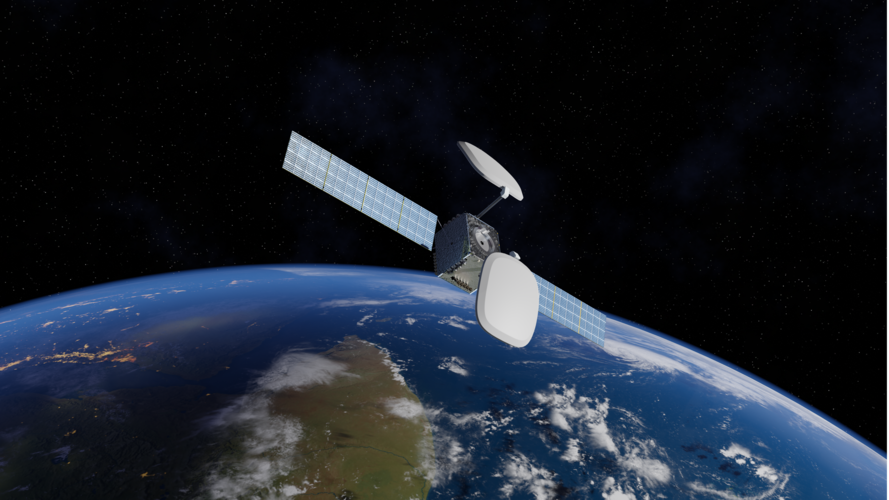
A small European telecommunications satellite intended for launch into geostationary orbit some 36 000 kilometres above the Earth – which can be used as a basis for future satellites – has won support from ESA.
DARPA to launch DoD’s first in-space manufacturing research program
Monday, 29 November 2021 20:47
The Defense Advanced Research Projects Agency in a new program will explore options to conduct biomanufacturing in space, using biological systems like microbes to construct materials for use in orbital operations.
Space Force official: Satellites in orbit have become pawns in geopolitical chess games
Monday, 29 November 2021 19:37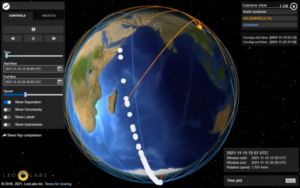
China and Russia have watched the United States display its military power, much of it enabled by satellites in space. China’s recent demonstration of an orbital hypersonic weapon and Russia blowing up a satellite are expected countermoves, said Lt.
India orders halt on Starlink presales until it gives regulatory approval
Monday, 29 November 2021 18:08
India’s government has told SpaceX to stop taking preorders for Starlink broadband services in the country until it has a license to operate there.
Killer asteroids abound. NASA is ready to do something about it
Monday, 29 November 2021 16:50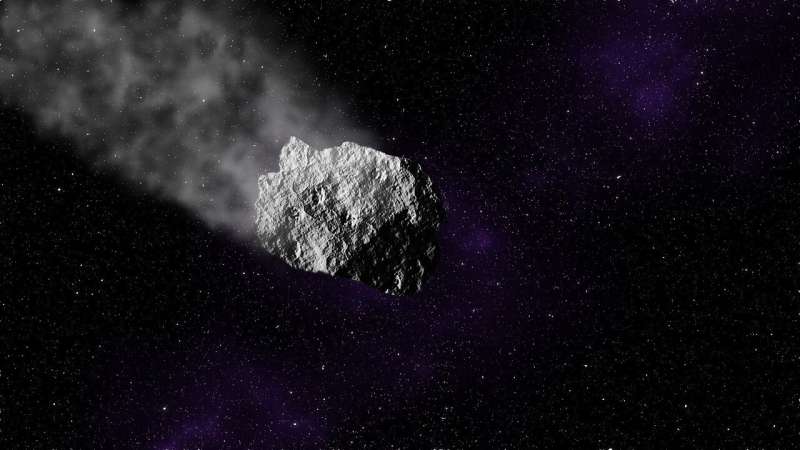
The Russia incident was a warning.
On a winter morning in 2013, a meteor the size of a four-story building screamed across the country, exploding near the city of Chelyabinsk and injuring more than 1,600 people amid widespread property damage.
The chunk of rock and iron, which was 60 feet across, served as a violent reminder that Earth, bombarded daily with tons of space-going debris, periodically intersects with large planet killers—and a significant portion of those remain undocumented.
After years of study and discussion, NASA has launched its first effort to spare Earth the kind of calamity that extinguished the dinosaurs, crashing a space probe into an asteroid to alter its speed and course. The Double Asteroid Redirection Test (DART) lifted off Nov. 23 local time aboard a SpaceX rocket from California and will cruise for 10 months to a binary asteroid system.
The idea is that if humans have adequate time to react—decades of notice being preferable—enough energy can be transferred into a speeding rock to alter its trajectory and make it miss Earth, avoiding catastrophe up to and including an extinction-level event.
Solar Orbiter flies by Earth before beginning final journey to Sun
Monday, 29 November 2021 16:30
The Solar Orbiter space probe had a brief encounter with its home planet on Saturday morning when it circled the Earth for the first and last time while executing a gravity assist to slow itself down before setting off for the Sun.
Solar Orbiter launched in February 2020, and has already flown through the tail of a comet, flown by Venus and captured the most detailed photographs of the Sun ever taken.
On Saturday morning at 5.30 a.m. (CET) the spacecraft flew over the Earth at an altitude of 460 kilometers (285 miles), passing directly over North Africa and the Canary Islands.
According to the ESA, in order to execute the orbits the probe risked impact with the space debris the surrounds Earth. But according to Simon Plum, head of mission operations at the ESA control center in Darmstadt, the risk of collision was minimal.
In a worst case scenario of potential collision, he said, the probe could have initiated an evasive maneuver up to six hours before impact. However, Plum said, this had not been necessary and the orbiter was now on its way back into deep space.
Guiding Tianwen-1 to China's first successful Mars rover landing
Monday, 29 November 2021 14:32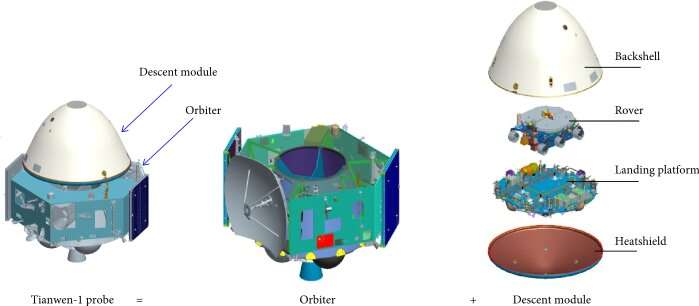
Mars landing missions only succeed about half the time, a rate largely determined by the entry, descent and landing (EDL) phase, according to the researchers who designed Tianwen-1's control systems. They published their guidance, navigation and control approach for Tianwen-1 on October 16 in Space: Science & Technology.
"The EDL phase, which begins at the Mars atmosphere interface and ends with a surface touchdown, is crucial for a Mars landing mission," said Xiaolei Wang, researcher professor at Beijing Institute of Control Engineering.
Wang explained that most failures occur during this phase, typically because the communication delay between Mars and Earth is too large to accommodate the time urgency of the EDL phase.
"The spacecraft must perform autonomous guidance, navigation and control (GNC) to provide reliable key event triggers, as well as accurate and reliable state estimates to implement accurate and reliable trajectory and attitude controls," Wang said.
Sentinel-6 returning most precise data ever on sea level
Monday, 29 November 2021 12:35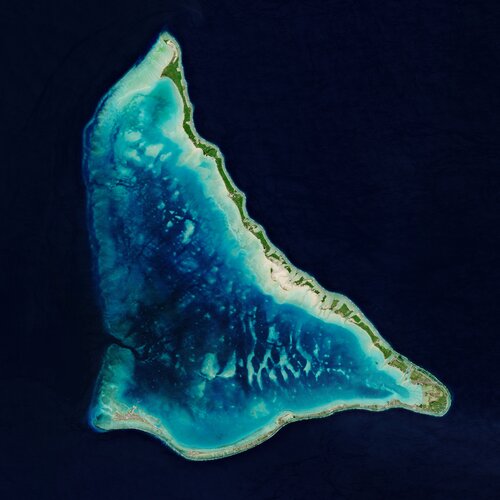
Sea-level rise is one of the most immediate consequences of climate change, as highlighted recently through urgent pleas from leaders of island nations at the COP26 summit. Global measures of sea-level rise are imperative to underpinning global policy and for strategies to protect coastlines and low-lying lands. Measuring tiny differences in the height of the sea surface from space is no easy task – but that’s exactly what the Copernicus Sentinel-6 Michael Freilich satellite is doing. And, after a year
ADA Space raises $55.6 million in Series B round
Monday, 29 November 2021 12:21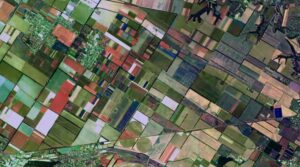
Chinese satellite operator and remote sensing data firm ADA Space raised $55.6 million in a Series B investment round for its artificially intelligent satellite network plans.
Blue Origin and Virgin Galactic select astronauts for future flights
Monday, 29 November 2021 11:36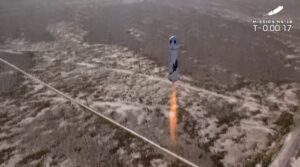
Virgin Galactic has selected the winner of a contest to fly on a future SpaceShipTwo suborbital flight while Blue Origin prepares for its first New Shepard launch with a full six-person crew.
Galileo satellites given green light for launch
Monday, 29 November 2021 08:16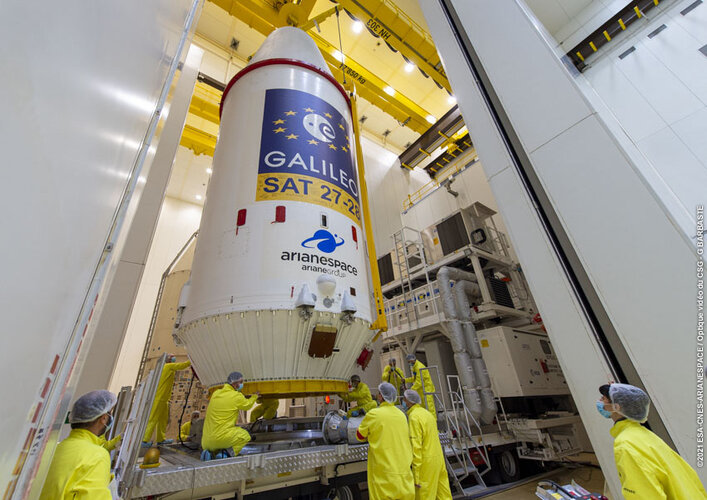
Europe’s next pair of Galileo satellites have been given a green light for launch. Last Friday’s Launch Readiness Review confirmed that the satellites, the supporting ground installations, and the early operations facilities and teams are ready for lift-off on the early hours of Thursday morning, European time.
Galileo: en route to full operational capability
Monday, 29 November 2021 08:00 Video:
00:05:36
Video:
00:05:36
Soon another pair of Galileo satellites will be launched on top of a Soyuz from Europe spaceport in French Guiana. These satellites are the first of the so-called 'Batch 3', comprising of 12 additional first-generation Galileo satellites commissioned in 2017 to bring the constellation to full operational capability. They will be used to further expand the constellation up to 38 satellites and act as backups and spares for satellites that reach their end-of-life.
This 11th Galileo launch also marks the 10 year anniversary of the first launch of the Galileo operational satellites and the start of the construction

